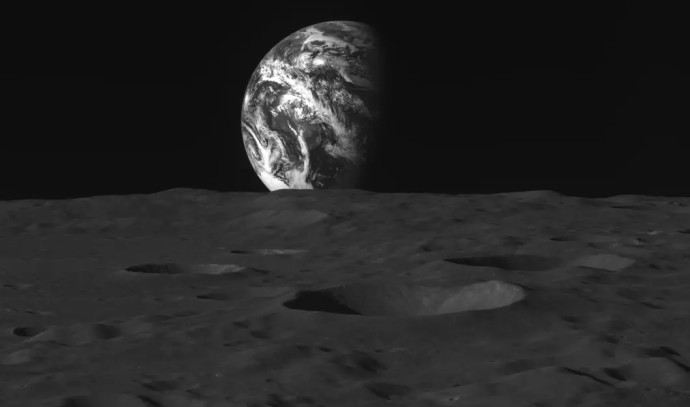cross-posted from: https://lemmit.online/post/21463
This is an automated archive made by the Lemmit Bot.
The original was posted on /r/ufos by /u/idiotpathic on 2023-06-25 18:47:59+00:00.
Original Title: Scientists from Australia are currently engrossed in the task of deciphering & analyzing the perplexing messages & signals received from space. They strongly believe the transmissions may be an attempt by ET to initiate communication with our species.



Yeah, but also no. This was reported last year, and the scientists studying it did not mention it was an attempt to contact us from another planet, but the “remains of a massive star’s death.”
From this article on CNN:
Flaring space objects that appear to turn on and off are known as transients.
"When studying transients, you’re watching the death of a massive star or the activity of the remnants it leaves behind,” said study coauthor Gemma Anderson, ICRAR-Curtin astrophysicist, in a statement. “‘Slow transients’ – like supernovae – might appear over the course of a few days and disappear after a few months. ‘Fast transients’ – like a type of neutron star called a pulsar – flash on and off within milliseconds or seconds.”
This new, incredibly bright object, however, only turned on for about a minute every 18 minutes. The researchers said their observations might match up with the definition of an ultra-long period magnetar. Magnetars usually flare by the second, but this object takes longer.
“It’s a type of slowly spinning neutron star that has been predicted to exist theoretically,” Hurley-Walker said. “But nobody expected to directly detect one like this because we didn’t expect them to be so bright. Somehow it’s converting magnetic energy to radio waves much more effectively than anything we’ve seen before.”
The researchers will continue to monitor the object to see whether it turns back on, and in the meantime, they are searching for evidence of other similar objects.
“More detections will tell astronomers whether this was a rare one-off event or a vast new population we’d never noticed before,” Hurley-Walker said.